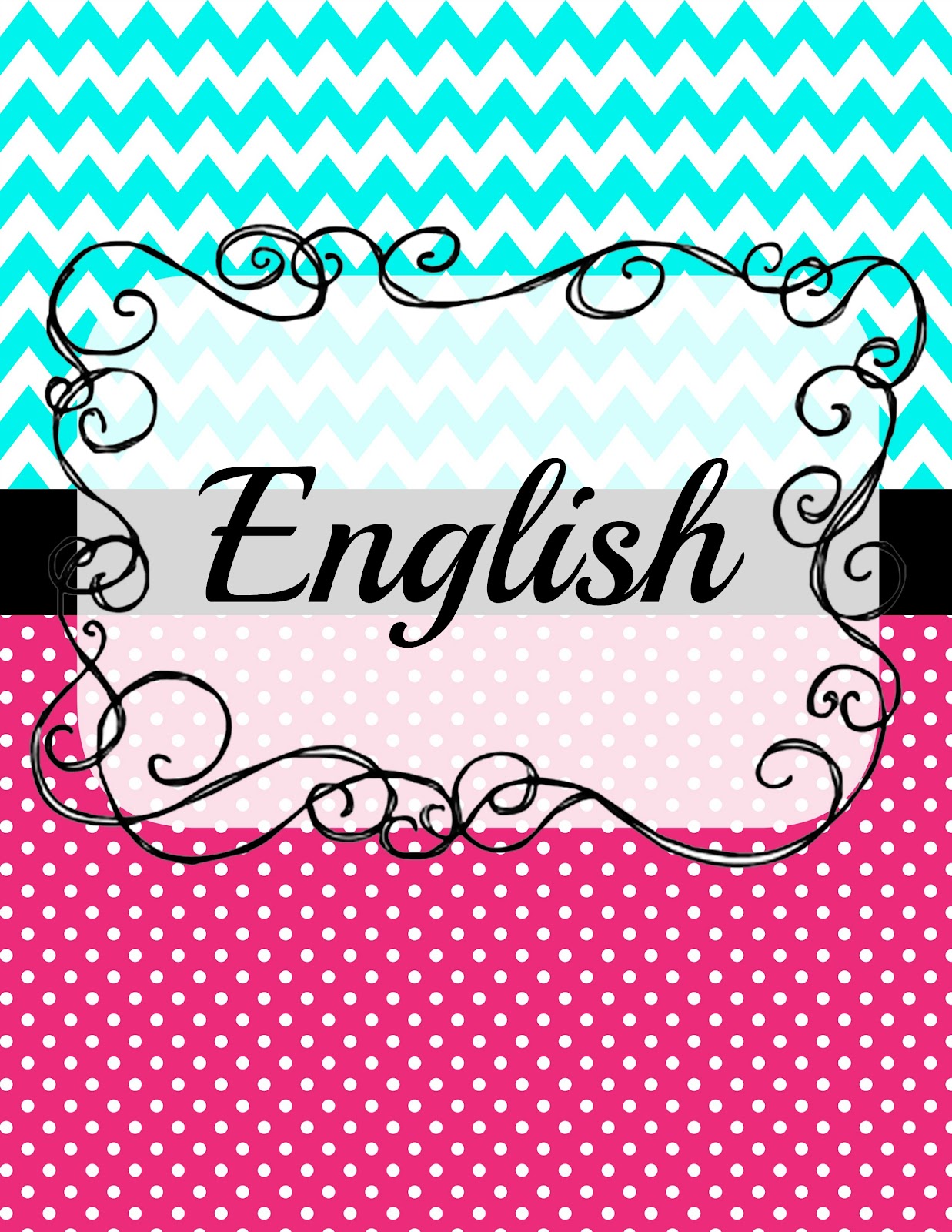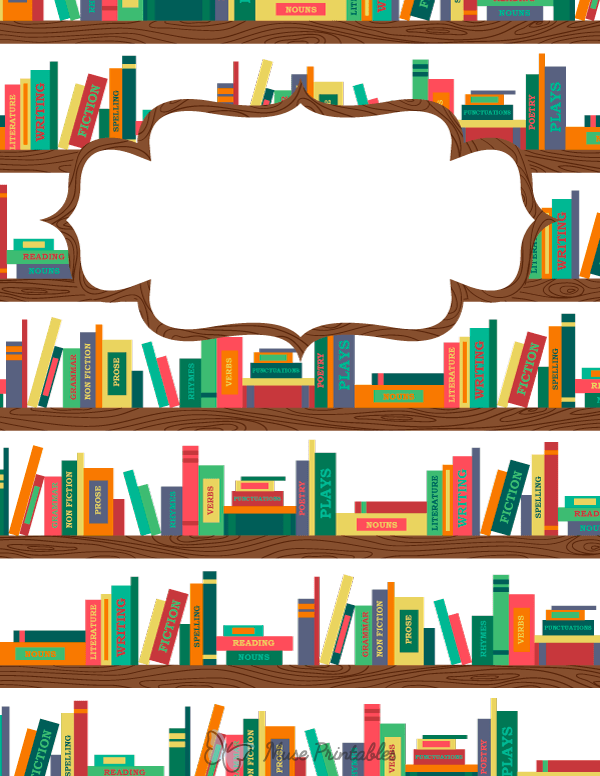Hey there, fellow English enthusiasts! Are you ready to take your English study game to the next level? Today, we’re diving deep into the world of the binder cover for English. But hold up—this isn’t just about slapping a cute design on your notebook. We’re talking about creating a system that keeps your materials organized, your motivation high, and your grades soaring. So, buckle up, because this is going to be a wild ride!
Let’s face it—English can sometimes feel like a jigsaw puzzle with pieces scattered everywhere. From vocabulary lists to grammar rules, essays to reading assignments, staying on top of everything can be overwhelming. That’s where a well-designed binder cover comes in. It’s not just about aesthetics; it’s about creating a structure that helps you stay focused and productive.
In this article, we’ll break down everything you need to know about binder covers for English. From designing the perfect layout to choosing the right materials, we’ve got you covered (pun intended). Whether you’re a high school student, a college freshman, or even a teacher, this guide is packed with tips, tricks, and inspiration to help you master your English binder game.
Read also:Naughty At Home Desirae The Ultimate Guide To Her World
Before we dive in, here’s a quick table of contents to help you navigate:
- What is a Binder Cover for English?
- Why Use a Binder Cover for English?
- Designing Your Perfect Binder Cover
- Materials and Tools You’ll Need
- Organization Tips for Your English Binder
- Creative Ideas for Your Binder Cover
- Tips for Teachers Using Binder Covers
- Digital Options for English Binders
- Benefits of Using a Binder for English
- Conclusion: Take Your English Game to the Next Level
What is a Binder Cover for English?
So, what exactly is a binder cover? Think of it as the front door to your English materials. It’s the first thing you see when you open your binder, and it sets the tone for everything inside. A good binder cover should be more than just a pretty picture—it should provide essential information at a glance.
In the context of English, your binder cover can include:
- Your name and class period
- The subject (English, Literature, etc.)
- Important deadlines or assignments
- Motivational quotes or images to keep you inspired
A well-designed binder cover helps you stay organized and focused. It’s like having a personal assistant for your studies!
Why Use a Binder Cover for English?
Now, you might be wondering, “Do I really need a binder cover?” The answer is a resounding YES! Here’s why:
Read also:Tom Burke Actor Height The Untold Story Behind The Man Who Stands Tall In Hollywood
1. Organization
A binder cover helps you keep all your English materials in one place. No more digging through piles of loose papers or trying to remember where you left that important handout. With a binder, everything is neatly organized and easy to find.
2. Motivation
A visually appealing binder cover can be a great motivator. Seeing your favorite quote or a picture of your dream destination every time you open your binder can keep you inspired and focused on your goals.
3. Professionalism
Let’s be real—having a well-organized binder shows that you take your studies seriously. Whether you’re a student or a teacher, a professional-looking binder cover can make a great impression.
Designing Your Perfect Binder Cover
Ready to design your own binder cover? Here are some tips to get you started:
1. Choose a Theme
Pick a theme that reflects your personality or interests. Are you a bookworm? Go for a literary theme with quotes from your favorite authors. Love travel? Add maps or images of places you want to visit.
2. Keep It Simple
While it’s tempting to go all out with colors and designs, remember that simplicity is key. Stick to a few key elements and make sure everything is easy to read and understand.
3. Use Color Wisely
Colors can help you categorize your materials. For example, you could use blue for grammar, green for vocabulary, and red for essays. Just make sure the colors complement each other and don’t overwhelm the design.
Materials and Tools You’ll Need
Before you start designing, gather your materials. Here’s what you’ll need:
- A blank binder (duh!)
- Printed paper or cardstock for the cover
- Scissors or a paper cutter
- Glue or double-sided tape
- Markers, pens, or colored pencils
- Stickers or washi tape for decoration
Pro tip: If you’re not confident in your artistic skills, you can use templates or print out designs from the internet. Just make sure to customize them to fit your needs!
Organization Tips for Your English Binder
Having a binder cover is great, but what about the inside? Here are some tips to keep your English binder organized:
1. Use Dividers
Dividers are your best friend when it comes to organizing your binder. Use them to separate different sections, such as vocabulary, grammar, reading, and writing.
2. Label Everything
Make sure each section is clearly labeled. You can use sticky notes, tabs, or even color-coded stickers to make it easy to find what you’re looking for.
3. Keep It Updated
Regularly go through your binder and remove old papers or assignments. This will help you stay on top of things and avoid clutter.
Creative Ideas for Your Binder Cover
Feeling stuck? Here are some creative ideas to inspire your binder cover design:
- Use a favorite quote as the focal point of your design
- Add a motivational image or graphic
- Include a personal touch, like a photo or doodle
- Experiment with different fonts and typography
- Use a collage of images or patterns
Remember, your binder cover should reflect your personality and make you excited to open it every day!
Tips for Teachers Using Binder Covers
Teachers, this section’s for you! Here’s how you can incorporate binder covers into your classroom:
1. Encourage Creativity
Let your students express themselves through their binder covers. This can be a fun way to break the ice and get to know your students better.
2. Set Guidelines
While creativity is important, it’s also a good idea to set some guidelines. For example, require students to include their name, class period, and subject on the cover.
3. Make It a Project
Turn binder cover design into a class project. This can be a great way to teach students about organization, creativity, and presentation skills.
Digital Options for English Binders
Not a fan of physical binders? No problem! There are plenty of digital options available. Apps like Notion, Google Docs, and Evernote can help you create a virtual binder that’s just as organized and functional as the real thing.
Here are some benefits of using a digital binder:
- Easy access from anywhere
- No risk of losing papers
- Ability to collaborate with others
- Environmentally friendly
Just make sure to back up your files regularly to avoid losing important data!
Benefits of Using a Binder for English
Still not convinced? Here are some additional benefits of using a binder for your English studies:
- Improved organization leads to better grades
- Reduces stress and anxiety about lost papers
- Encourages creativity and self-expression
- Helps develop important life skills like time management and responsibility
So, whether you’re a student or a teacher, a binder can be an invaluable tool in your English journey.
Conclusion: Take Your English Game to the Next Level
And there you have it—everything you need to know about binder covers for English. From designing the perfect cover to organizing your materials, we’ve covered it all. Remember, a well-organized binder can make a huge difference in your studies. So, take the time to create a system that works for you and watch your English skills soar!
Before you go, here’s a quick recap:
- A binder cover is more than just a design—it’s a tool for organization and motivation
- Choose a theme, keep it simple, and use color wisely when designing your cover
- Use dividers, labels, and regular updates to keep your binder organized
- Get creative with your design and make it personal
- Consider digital options if you prefer a paperless approach
Now it’s your turn! Share your binder cover designs in the comments below or tag us on social media. We’d love to see what you come up with. Happy studying, and remember—English is a journey, not a destination!


